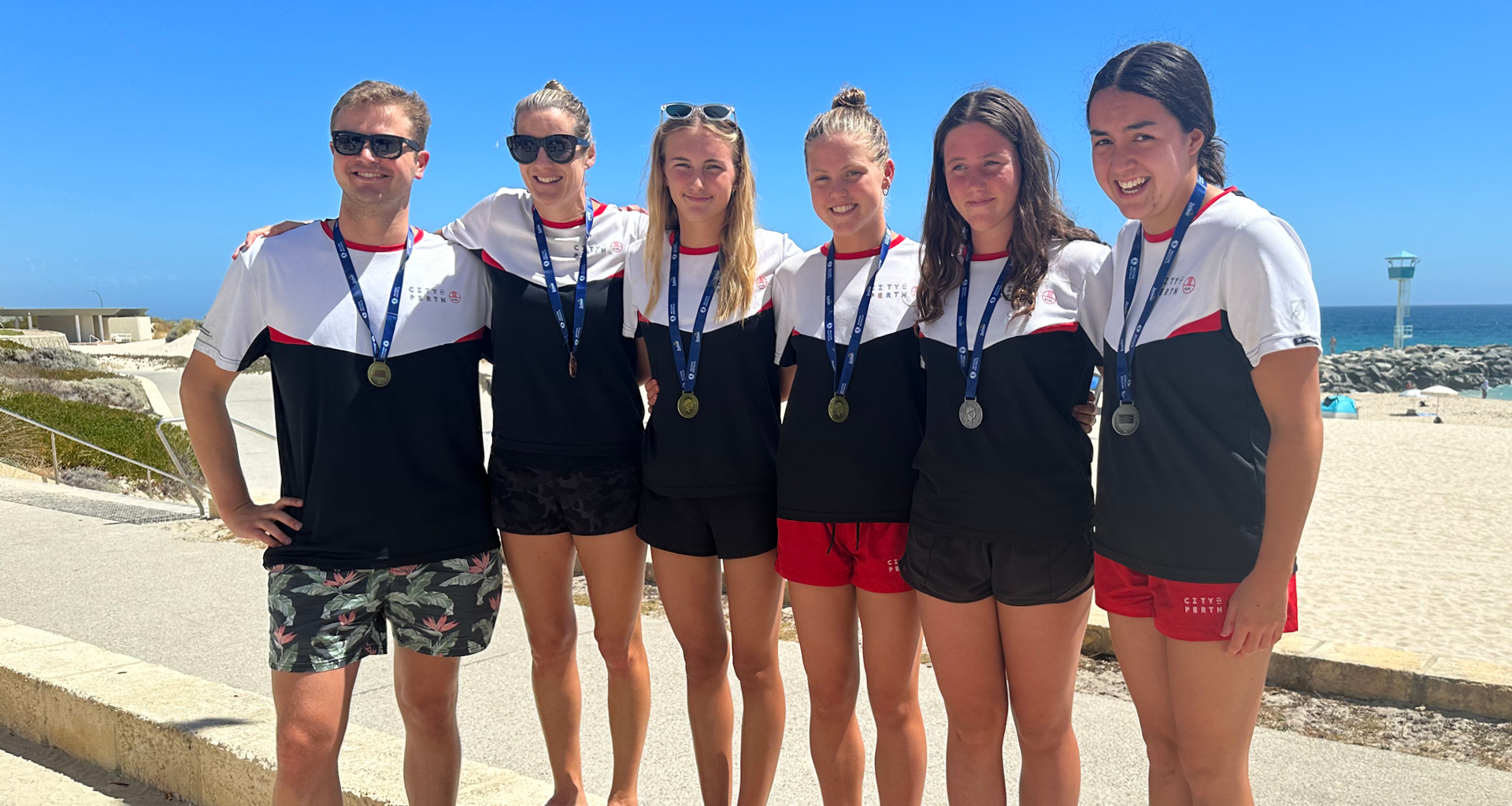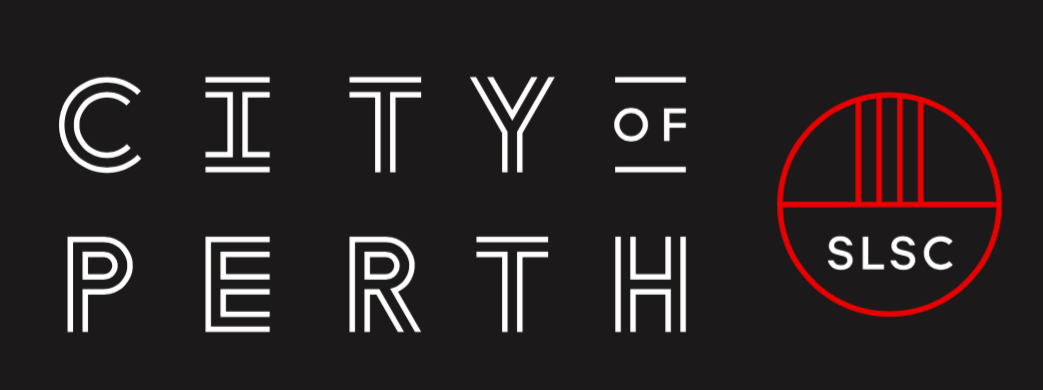
Life Saving
First Aid
First Aid falls under the “Lifesaving Events” category, and is designed to test surf lifesavers’ ability to respond to and provide first aid in emergency situations. First Aiders compete in teams of two, and are required to walk into an unseen scenario where they must diagnose and treat patients within a set time limit.
City of Perth has an outstanding track record in First Aid, with numerous Australian Medals coming from the event. As recently as 2018, the Club secured the Tess Crammond AO, OBE Perpetual Shield which is awarded to the winners of the Open Mixed First Aid Event at the Australian Championships.
Champion Lifesaver
Champion Lifesaver combines all the skills of a surf lifesaver into a competitive event, challenging your fitness, practical life saving skills and life saving knowledge.
It is a great event to be involved in as it keeps you on your toes and up to date with all aspects of life saving which is important as a patrolling member.
As well as being a great way to meet new people around the club. In the past, City of Perth SLSC has had great success in this event and it would be great to see this success continue with future generations.
R&R
The Rescue and Resuscitation (R & R) Competition provides the opportunity to demonstrate in a competitive manner some traditional R & R techniques used in Lifesaving.
Although the reel, line and belt have been replaced in our beach patrols in recent times, the event continues to provide a valuable contribution to teamwork, patient care and handling, resuscitation skills, and surf awareness.
R&R has a longstanding history at City of Perth SLSC and has had much success with teams at State and Australian Titles.
For more information contact surfsports@cityofperthslsc.com.au
FAQ – First Aid
What is the training schedule like for First Aid?
How do you ‘train’ for First Aid?
Who trains with the Squad?
Who can compete?
Do I need to have a first aid qualification to compete?
Do I get a first aid qualification if I join the team?
Why should I compete in First Aid?
FAQ – Champion Lifesaver
What is Champion Lifesaver?
- Practical – swim race, board race, tube race with fins, and a beach sprint
- Patient Scenario – perform DRSABCD on a live patient and CPR on a manikin
- Theory Paper – 40 question multiple choice paper that tests you on your knowledge of the Public Safety and Aquatic Rescue textbook used in the Bronze Medallion and SRC courses.
Who can get involved?
What does Champion Lifesaver training include?
How does the competition point system work?
Is Champion Lifesaver a States and Aussies event?
FAQ – R&R
What events can you do in R&R?
Events range from 2, 5 or 6 persons and can be a combination of mixed teams.
In 2 persons, 1 acts as a patient and the other as a rescuer.
In 5 persons, 1 acts as a patient, 1 as a belt man and rescuer and the other 3 as reel and line operators.
In 6 persons, similar to 5 Person, with the sixth competitor utilising the rescue tube as an assistant to the beltman in the rescue.
Competitors are required to perform different roles depending on their position within the team. Participation in the event requires swimmers to have moderate to strong swimming ability while non-swimmers need to have moderate fitness levels.
Competitors in the 2 person and 5 person events (U12 – U15s) are not required to swim.
Who can get involved?
2 Person R&R competition ranges from U10’s to U13’s – mixed sexes.
5 person (mixed for ages U12 –U14, U15, U17, U19 & Open Mixed), Open Women & Open Men
6 person (Open Mixed).
What does R&R training include?
Training demands for each event, i.e. 2 Person or 5/6 Person, vary, you can expect to train at least once per week for 1 to 1 ½ hours. As championship carnivals approach, you can expect this training commitment to increase to twice a week.
The focus for training is to work as a team and understand the skills required for each position. Perfecting the marching and resuscitation skills is key for all 3 events. For 6 Person R&R, the Swimmers would need to undertake their swimming training separately to any team training.
Is R&R a States and Aussies event?
2 Person R&R is a State Championship event for Nippers. 5 Person and 6 Person R&R are State Championship and Aussie Championship events.
Why should I compete in R&R?
You might feel that you are not a strong competitor in some of the water and land based surf sports, but you are keen on being part of the Surf Life Saving community and wish to compete in carnivals. If this is you, then R&R can be a great avenue for you. You will certainly make great friendships and team bonds, plus also get fit.
